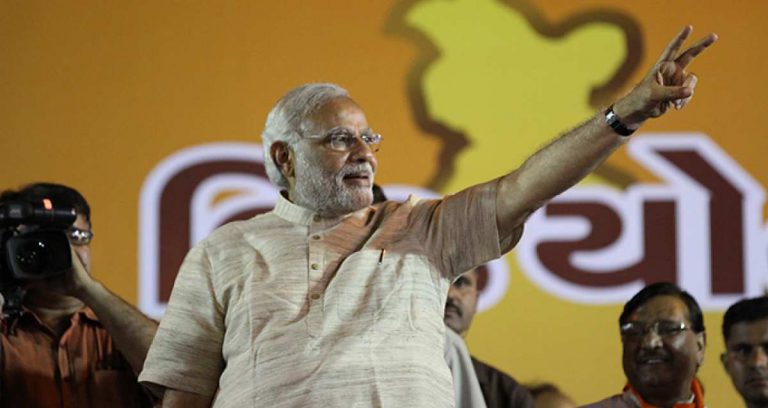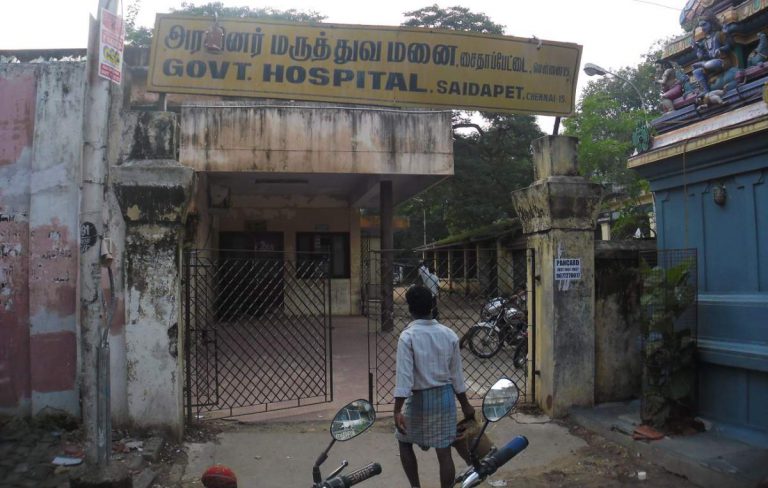eVehicles: India’s fight against pollution
India is one of the emerging powers in the world currently. The country of diversified cultures and religions is facing a challenge in the name of rapidly increasing pollution levels in various parts of the country. Not just India, many developing, developed, and under-developed countries are also facing the same due to pollution and its harmful consequences. India is in desperate search of alternative fuels and eVehicles.
The complexity of the problem in Indian cities is because of the multiplicity and complexity in the mix of emission sources, such as industries, automobiles, generators, domestic fuel burning, roadside dust, construction activities, vehicle pollution, etc.
Let us understand that we are running out of oil, fuel, fossils, petroleum, and so on, which we greedy humans have a thirst to dig into it and extract everything. We do not have any intentions to preserve anything for our future generation, nor do we stop and think what if all the deposits get finished off, and we are left with zero in our hands. Do we ever care about our future generations; are the future generations going to pay for what mistakes we have done now? With no time left with us, should we not find a possible solution for this situation?
India is the fifth-largest emitter of greenhouse gases. We are just behind China, the USA, the European Union, and Russia. India’s per capita emission is about 1.2 tonnes per year. That’s about one-fourth of the global average. India is now turning itself to move towards electric and biomass-fuelled vehicles in the interest of pollution-free philosophy and saving on fuel import bills. We must also keep in mind that e-vehicles use fossil fuels, that are, coal or even natural gas. Hence, carbon dioxide generation is displaced and not replaced.
The question now should be what needs to be done to increase the share of cleaner vehicles on our roads drastically. Our vehicle ownership is still minuscule, particularly if you count cars. In Delhi, for instance, it is estimated that roughly 21 percent of people own cars and some 40 percent own motorcycles. All in all, a large section is yet to move to vehicle ownership so that it can motorize differently. Recently, the environment pollution (prevention and control) committee has declared a “public health emergency” in Delhi-NCR, which highlights the reduced levels of our air quality level. The Delhi government has also come out with an “odd-even policy” whose effectiveness is also not clear.
Everywhere in our cities, we hear the rapidly growing noises of wind, tire, and vehicle horn noises. Imagine thousands of cars moving around quietly on our roads that are so smooth to listen for our ears. It is a known fact that electric motors are among the perkiest movers.
The government wants only electric vehicles to play on India’s roads by 2030 as part of its commitment to reduce greenhouse gas emissions under the global agreement on climate change & to reduce spending on oil imports.
Types in eVehicles

Electric vehicles can be differentiated into three types.
The first one relies on continuous electric supply from an external generation system. These include electric buses and trains supplied by overhead wires.
The second type run on stored electricity down from external sources, which are chargeable battery eVehicles are the most famous example.
The third type relies on a board electric generation (Internal Combustion Engine) to power an electric generator. The car is powered either by the electric generator or both the generator and the engine, depending on the capacity. Fuel cell vehicles, which use Oxygen (usually from the environment) and Hydrogen from fuels such as natural gas to power electric generators, are also part of 3rd kind.
The big question to think about is where the electricity that vehicles consume comes from. A few hundred thousand electric cars spread all over the country can have their batteries charged from sockets in their garages or at charging stations installed at petroleum pumps, without unduly increasing the load on the existing power stations. So, this will genuinely help to lower emissions.
But when 350 million vehicles have to be charged up every day, at any time of the day or night, anywhere in the country, not only will an entire-nationwide and therefore expensive, recharging infrastructure have to be built, but the power these vehicles will consume will have to be generated first. Power to meet this demand, considering the minuscule contribution of nuclear power in India’s energy mix, nearly will have to come from coal. All in all, therefore, at least three times as much fossil fuel energy will have to be consumed as the energy saved by switching from oil and gas to electric vehicles.
Most of it will come from coal, which generates for greenhouse gases than petrol, diesel, or CNG, and this indirectly affects the global climate as the burning of coal will lead to massive air pollution, which is the other side of the coin that we need to keep in mind.
A clean-up act: no compromise over air quality
From the latest update from the government in June, a steering committee, headed by Niti Aayog chief executive Amitabh Kant, had, in its report, drawn up an extensive plan for replacement of various vehicle categories by eVehicles in certain time frames. All three-wheelers and two-wheelers below 150cc would have to go electric by 2023 and 2025, respectively.
As the automotive industry in India faces its biggest decline in recent years, finance minister Srimati Nirmala Sitharaman has just announced a range of supposed solutions to help stabilize the situation. Presented as a series of slides, some of them were specific to the auto industry. They are as follows:
- BS4 vehicles can be used until the registration period: In the light of upcoming BS6 emission norms in April 2020, the government is addressing some of the concerns regarding current BS4 compliant vehicles. As per the announcement, these vehicles will be allowed to run as long as their current registration period allows.
- BS4 vehicles purchased till March 2020 to be valid: All BS4 cars purchased will be allowed to run as long as they were bought before or till March 2020.
- Scraping policy coming soon: Near the end of July 2019, the government had proposed a scrappage scheme for vehicles older than 15 years. As per this latest announcement, this policy will be announced shortly.
Alternative Fuels
Today there are many alternatives: Compressed Natural Gas (CNG), Liquefied Petroleum Gas (LPG), Methanol, Hydrogen fuel electricity, solar energy, and Bio-diesel.
Bio-fuels
Globally researches are looking at vegetable oils as an alternative fuel. They are trying to use extracts from a wide verity of sources, including Neem, Mahua, Mustard, Castor, and Karanj, as blending substances for conventional fossil fuels like diesel. Biodiesel is oil derived from vegetable sources and used as a substitute for diesel. Bio-diesel has been food to be non-polluting fuel with low Sulphur, which is suitable for engines. Europe is leading the Bio-fuels market, followed by the USA.
According to experts, Bio-diesel is non-toxic, biodegradable, and free of Sulphur. The Cancer-causing potential of Bio-diesel particulate matter is 94 percent less than that of the diesel emission. And the blending of just 1 percent Bio-fuel into diesel can also increase lubricity by up to 65 percent.
Advantage of Bio-diesel
Bio-fuels are produced locally, and thousands of people are employed in the Bio-fuel production plant since Bio-diesel is produced from ropes, an increase in demand for Bio-diesel leads to a rise in demand for suitable Bio-fuel crops. Moreover, it creates less emission by reducing the number of suspended particles in the air. This reduces the cost of healthcare products. Experts believe that using Bio-diesel instead of petroleum can reduce greenhouse gases up to 78 percent. It is estimated that the Bio-fuel business in India will touch Rs.50,000 crore by 2022. In this backdrop, the new green technology can become a game-changer.
To conclude, our government is on a path to meet the ‘One fuel, one country’ goal. The ultimate goal of India is an imperative shift to a clean and pollution-free environment. Our government has already started looking into alternative fuels and also the eVehicles sector. It is now to be observed which path brings us in the right direction of pollution-free philosophy through less budgetary means. Let’s hope and pray for a bright and pollution-free future for the next generation of youngsters.
Dega Ramya Tulasi is a post-graduate student at University of Madras in Financial Economics. She is a civil services aspirant and a contributing writer at The ArmChair Journal.
Featured Image Credits: Kunal Vaidya









Readers' Reviews (1 reply)